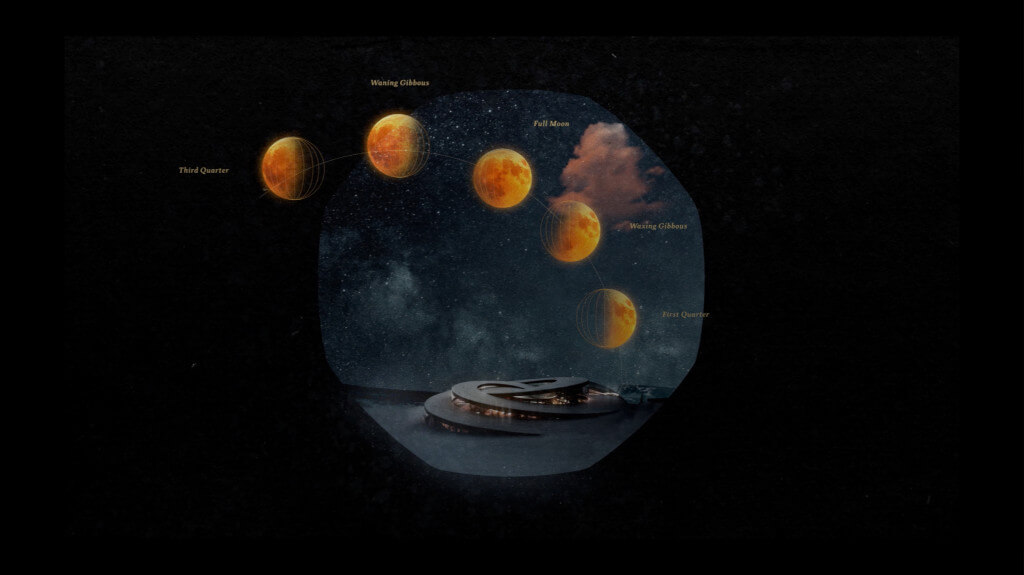

Centuries of mechanical innovation
The past, present, and future of watchmaking

Complications, the intricate mechanisms that provided watches with features beyond telling the time, kept pace with burgeoning societies and cultures, but in the modern world, why do they still play a role in our lives?
“Modern life is creating a desire for meaningful analog objects,” says Michael Friedman, Head of Complications at watchmaker Audemars Piguet. It's a bold statement, but one rooted in an industry thriving in a world defined by code and the intangible.
“Reality is becoming more orientated towards ones and zeros than towards many things that are real and tangible for many people,” he says. “But Audemars Piguet and high-end watchmaking stand in contrast to that.”
Central to the desirability of mechanical watches are the complex technical elements that define their inner workings. This is even more true for ‘complications’, whose mechanisms go beyond telling the time.
Chiming watches bring us back to the origins of time measurement devices: invented in the 14th century, striking clocks lacked dials, so exclusively chimed time. A chronograph counts the time and measures intervals, independently of indicating the time of day. And the perpetual calendar shows the day and date, accurate for decades including leap years, and tracks the moon phases.
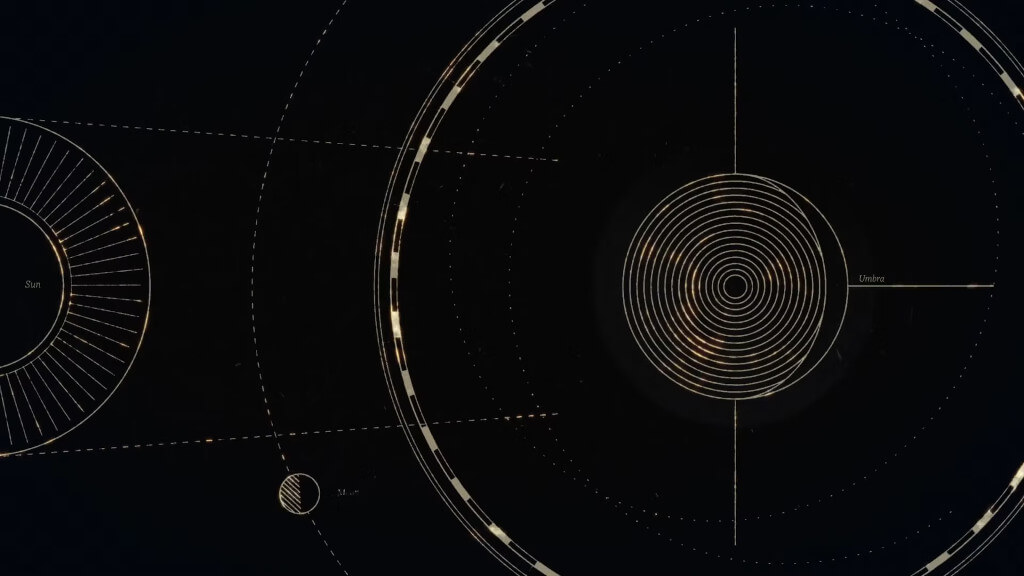
“High-end complicated watches are among the most sophisticated analog objects that humanity has created and continues to create,” says Friedman. “They're absolute works of art, technology, and design across many different disciplines.”
The scope and ambition of complications have supported everyday life for centuries, but understanding their origins and impact is just part of what makes watches so beloved by modern owners, centuries later.

A shared cultural heritage
As Friedman explains, since the 16th century “watches and their ancestors have been the heartbeat of culture.” Every element of life is connected to time, including industries, traditions, and pillars of community and culture.
“All the complications we see today are all relevant to time measurement objects being part of a larger cultural landscape,” he says. For him, watches not only demonstrate the technical mastery of the watchmakers and the craftspeople who created them, they also hold historical, cultural and emotional significance for the people wearing them.
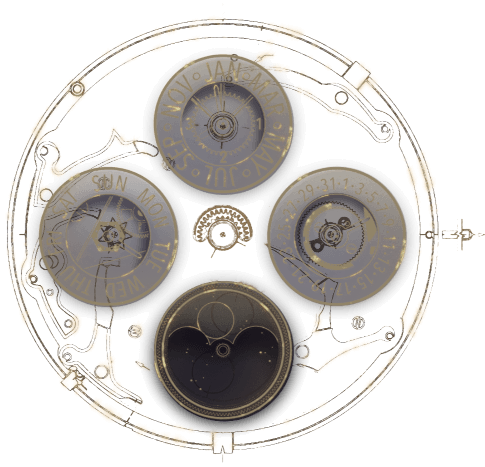
Wearing the cosmos on your wrist
While the techniques have evolved with the tools and materials available, the representation of time on the watch holds an unbroken line – complications influenced by scientific principles are as crucial today as they were generations ago.
“A perpetual calendar represents astronomy, and a minute repeater represents the ancient relationship between music, time, and sound. So, this is really why high-end, hand-finished watchmaking remains so relevant today.”
High-end complicated watches are among the most sophisticated analog objects that humanity has created
The moon phase is a complication essentially unchanged from its original Renaissance design since its primary function is to provide a visual reference to where the moon is in the sky. The only difference today is the accuracy – Audemars Piguet uses actual NASA images, providing photorealistic moons.
”From a functionality standpoint, it was far more practical back in the 16th and 17th centuries when you didn't have other devices to show how the moon's phases could impact the environment, such as water levels,“ says Friedman. ”Today, the perpetual calendar and its moon phase are really more about romanticism, beauty, artistry and the philosophical connections we can immediately make between the watch on our wrist and the sky above us.“
Respectful innovation in watchmaking
But this doesn't mean that tradition blocks innovation. On the contrary, innovation has been part of Audemars Piguet’s ethos from its inception. The company was founded in 1875 during the industrial revolution, leaving the founders facing the challenge of preserving age-old skills and traditional hand-finishing techniques while making the most of emerging technologies during a period defined by spectacular growth. Yet, as Friedman explains, even if co-existing with traditional methods, new technologies at Audemars Piguet will “never take center stage away from the watchmaker and the hand finishers. The heart of the company will always remain at the bench.”
This principle has guided the development of complications at Audemars Piguet since the beginning. “Audemars Piguet has a unique approach to complications,” says Friedman. “With each generation, we are not only honouring and representing the past, but also creating for the future.”
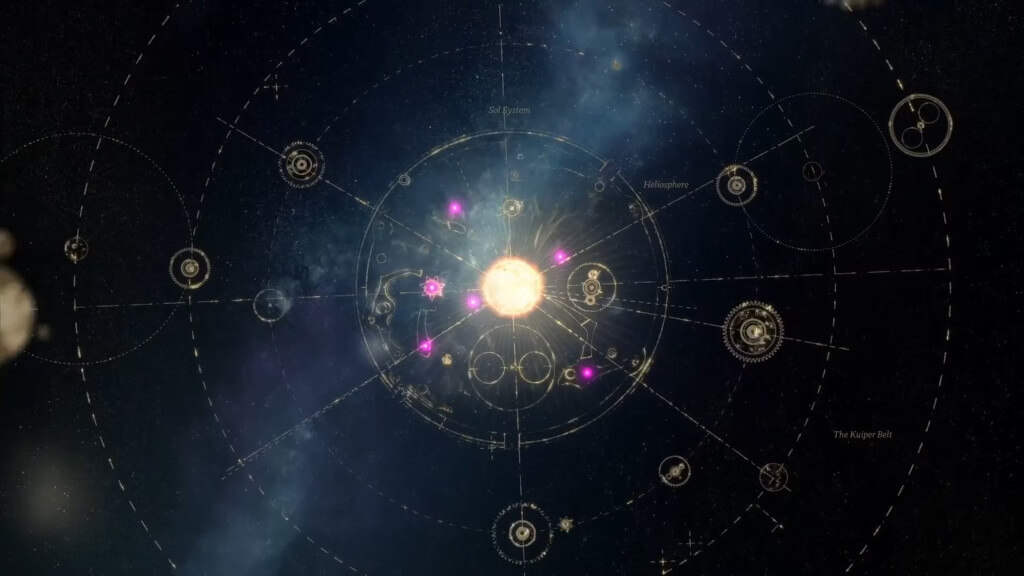
While the company evolves more classic complications every year, its R&D teams also work together on creating innovative mechanisms. The watchmaker’s most recent R&D highlights include the Royal Oak Selfwinding Perpetual Calendar Ultra-Thin known as RD#2 (2018) as well as the new Royal Oak Selfwinding Flying Tourbillon Extra-Thin RD#3 (2022).
”R&D is one of the most joyous spaces to be within Audemars Piguet. Creativity, optimism, and teamwork is the strongest when we’re all thinking collectively about the future,“ says Friedman.
From the mechanism to the watch’s design, innovation and experimentation with new ideas and cutting-edge materials is a crucial part of the innovation process. Since the 1980s, the manufacturer has notably experimented with ceramic – a hard and high wear resistant material with a wide range of high-precision technical applications – culminating with the 2022 complications novelties. These contemporary watches all benefit from a sleek design and being significantly harder than stainless steel, while presenting the same refined hand-finishing that characterizes Audemars Piguet watches. Experimenting with a variety of traditional and state-of-the-art materials adds new nuances to proven complications and outward-facing decoration.
Keeping time with the future
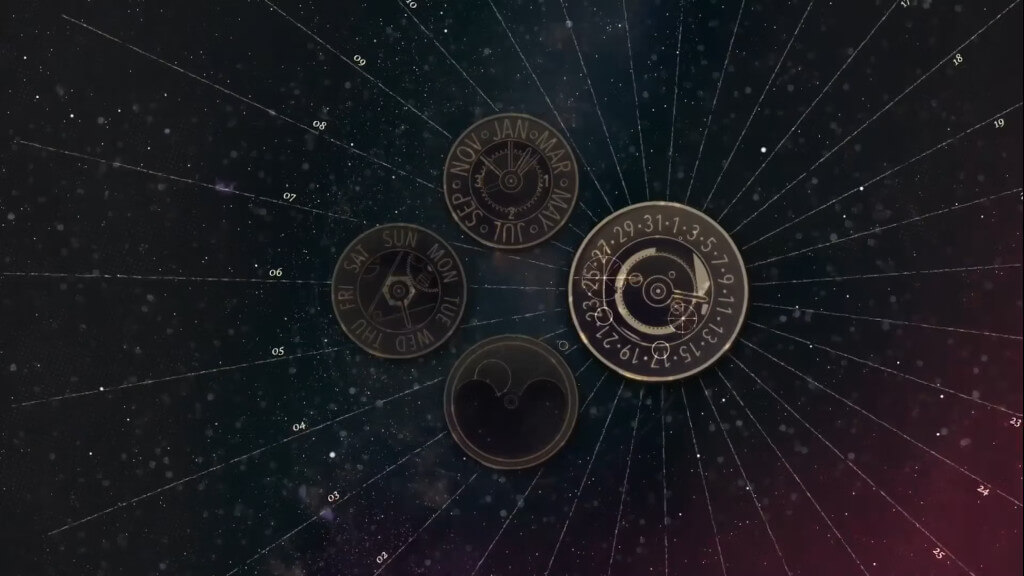
Generations of watchmakers have embraced technology to create devices that matched the rhythms of life. So, even as the needs of the watch wearers changed, their love of the mechanical marvels on their wrists remained. And the relationship between timepiece and everyday life promises to keep evolving.
“We don't want just to be recreating watches from the past,” says Friedman. “If we do that, we won't be remembered in the future.”
